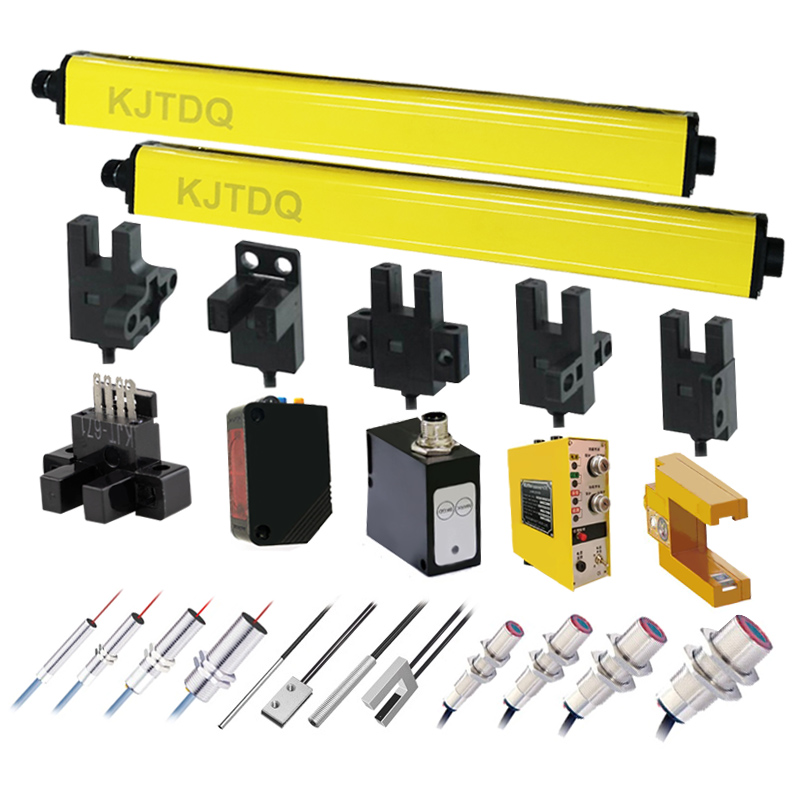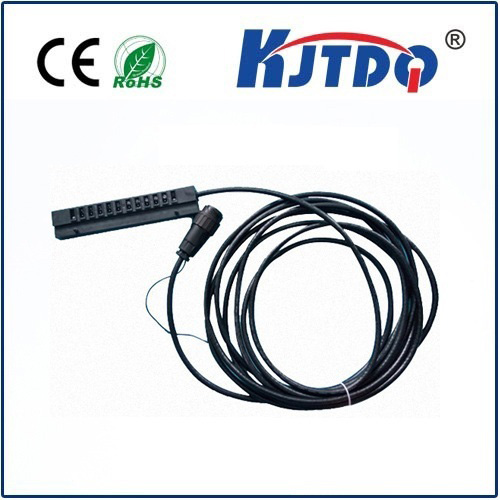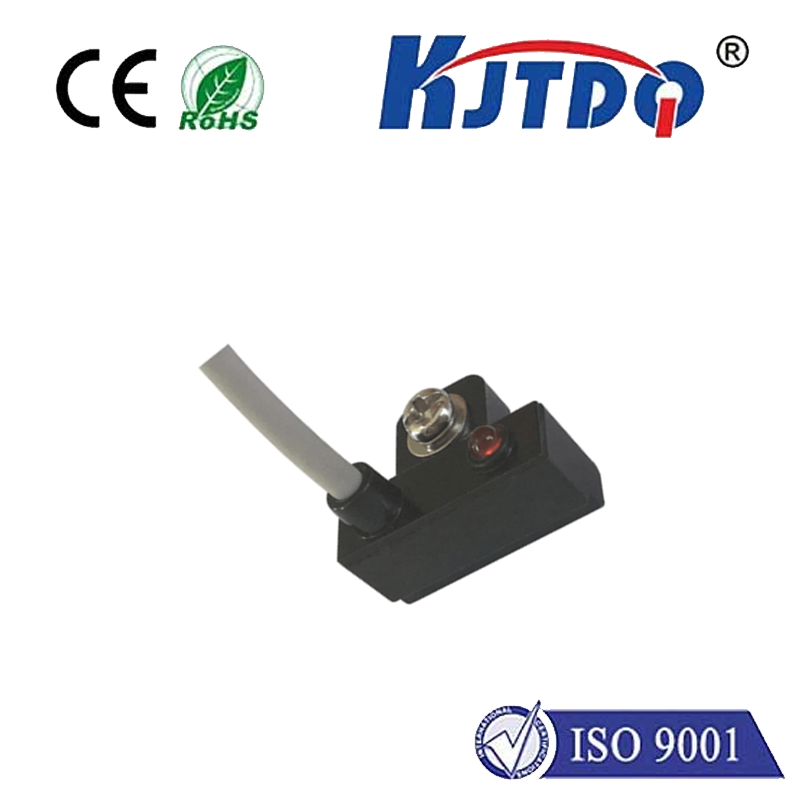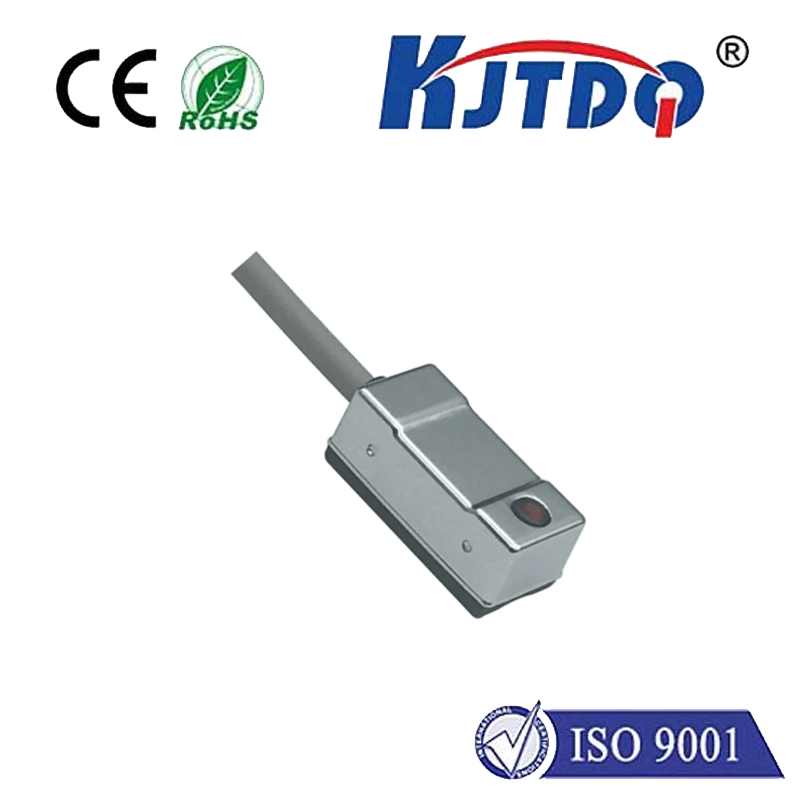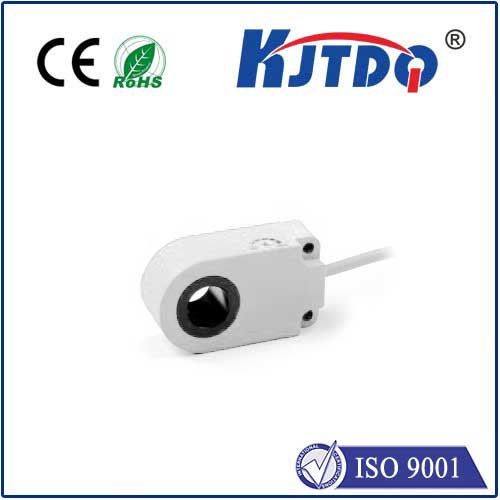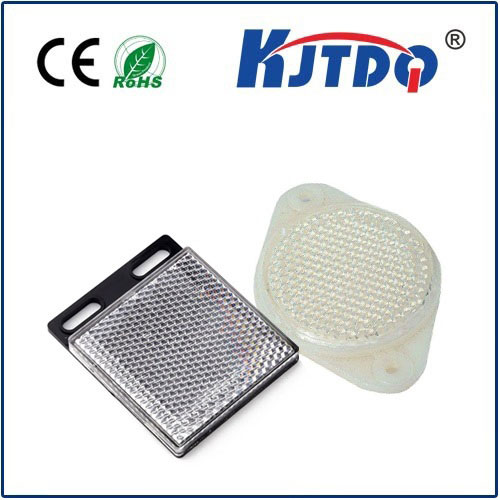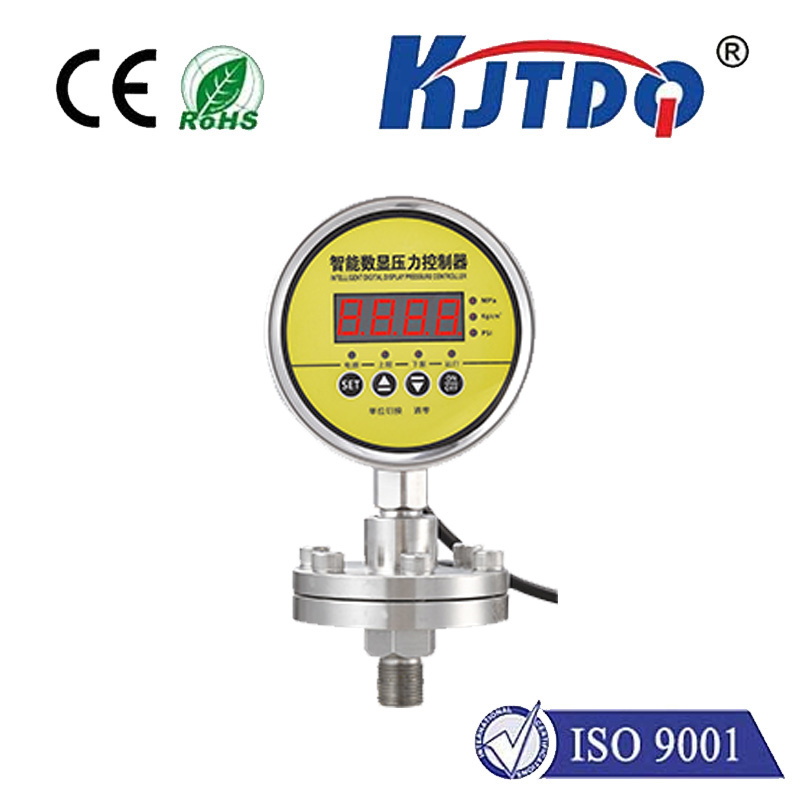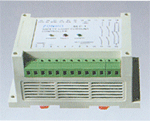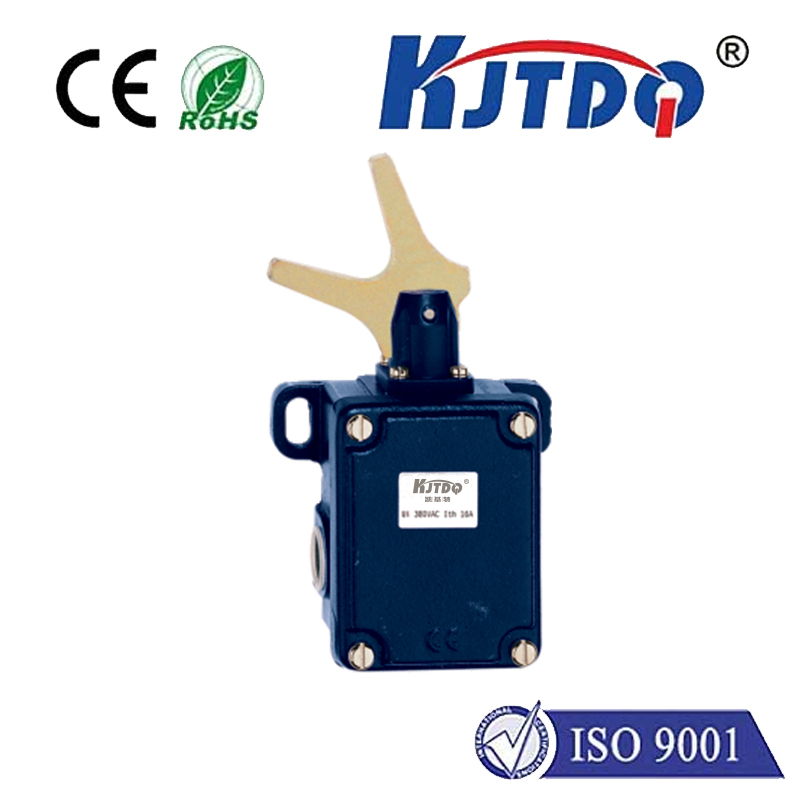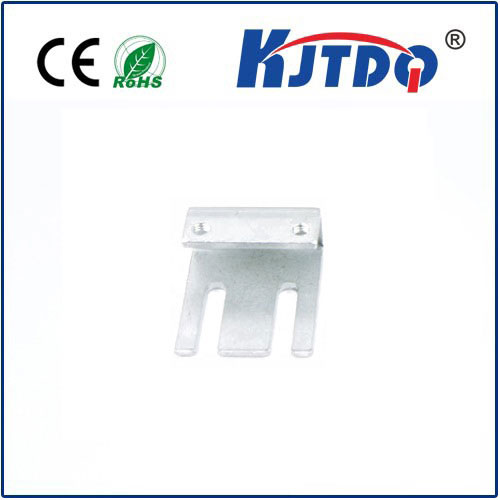
check

check

check

check
Proximity switches are common sensor devices in the field of industrial automation, used to detect the proximity of metals or non-metals. They have some differences in application, which we will explain in detail below.
First, let’s take a look at the characteristics of the two-wire proximity switch. Two-wire proximity switches are widely used and are mainly used for general stroke control. It has the advantages of high positioning accuracy, high working frequency, long service life, and convenient installation and adjustment. In addition, the two-wire proximity switch is also suitable for harsh environments.
The three-wire proximity switch consists of two power supply wires and an output wire. It is divided into two types: NPN type (output low level) and PNP type (output high level).
Next, let’s take a look at the application differences between two-wire proximity switches and three-wire proximity switches.
1. A two-wire proximity switch needs to be connected to one wire and a signal wire of the forward DC24V power supply, while a three-wire proximity switch needs to be connected to two wires and a signal wire of the DC24V power supply. Before the two-wire proximity switch is powered, the circuit must carry its permissible current load.
2. Compared with two-wire proximity switches, the maintenance of three-wire proximity switches requires calibration, so it is more troublesome.
3. The leakage current of the two-wire proximity switch is larger, and the anti-interference performance is not as good as the three-wire proximity switch.
Through the introduction of the above differences, we can see that there are certain differences between two-wire proximity switches and three-wire proximity switches in terms of circuit wiring, maintenance and anti-interference performance. According to the specific application scenarios and needs, choosing the appropriate proximity switch is very important for the normal operation of the industrial automation system.
To sum up, the two-wire proximity switch is suitable for general stroke control and has the advantages of high positioning accuracy, high operating frequency, long service life, easy installation and adjustment; while the three-wire proximity switch needs to be connected to two power wires and one Signal wires are more troublesome to maintain, but they perform better in terms of anti-interference performance.
I hope that through the introduction of this article, you will have a deeper understanding of the differences between two-wire and three-wire proximity switches. If you have further questions about this or need to know more related information, please feel free to contact us and Kejit will be happy to help you.
